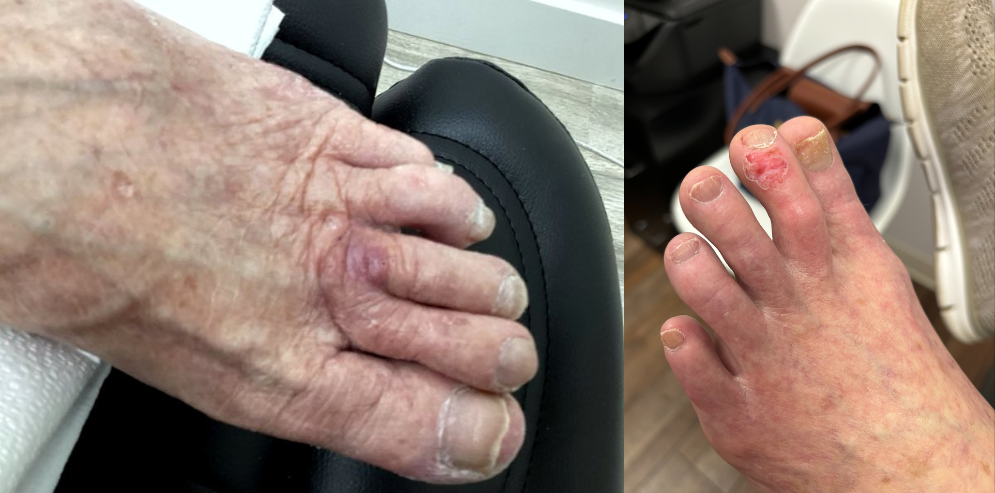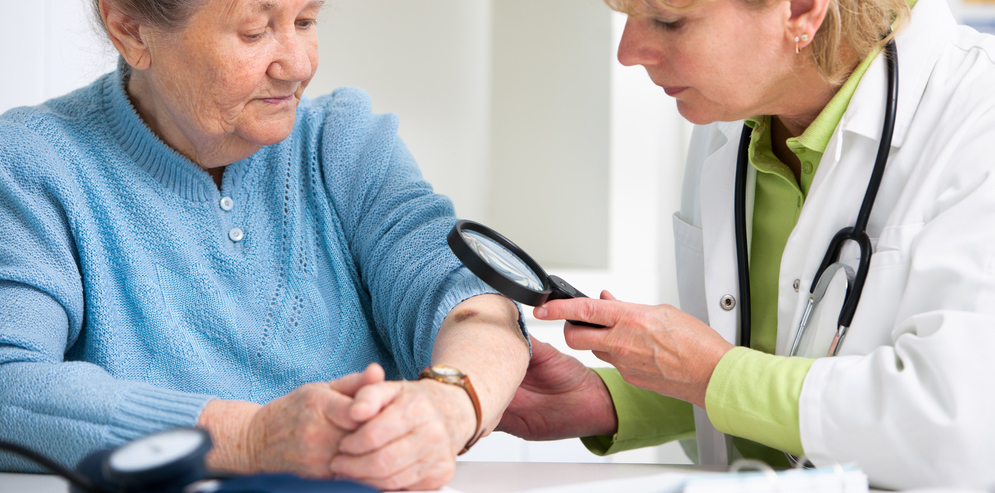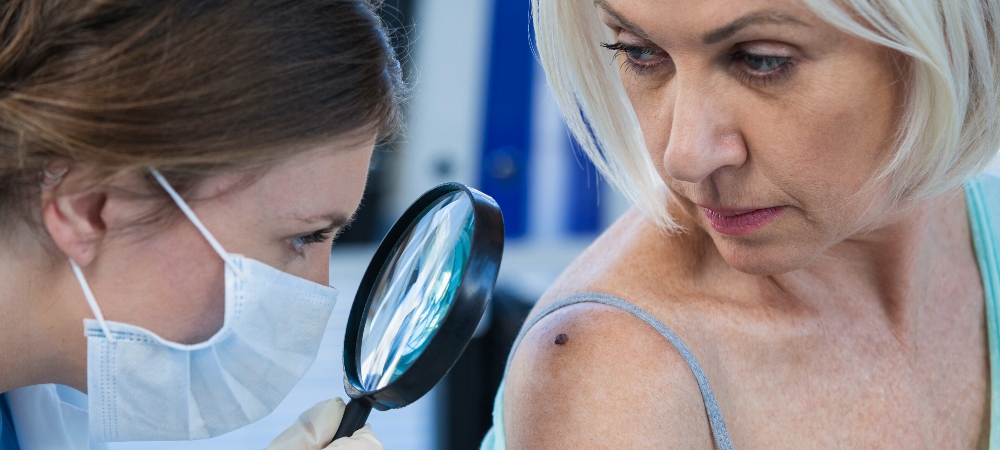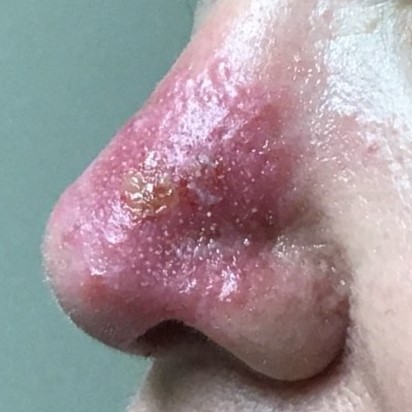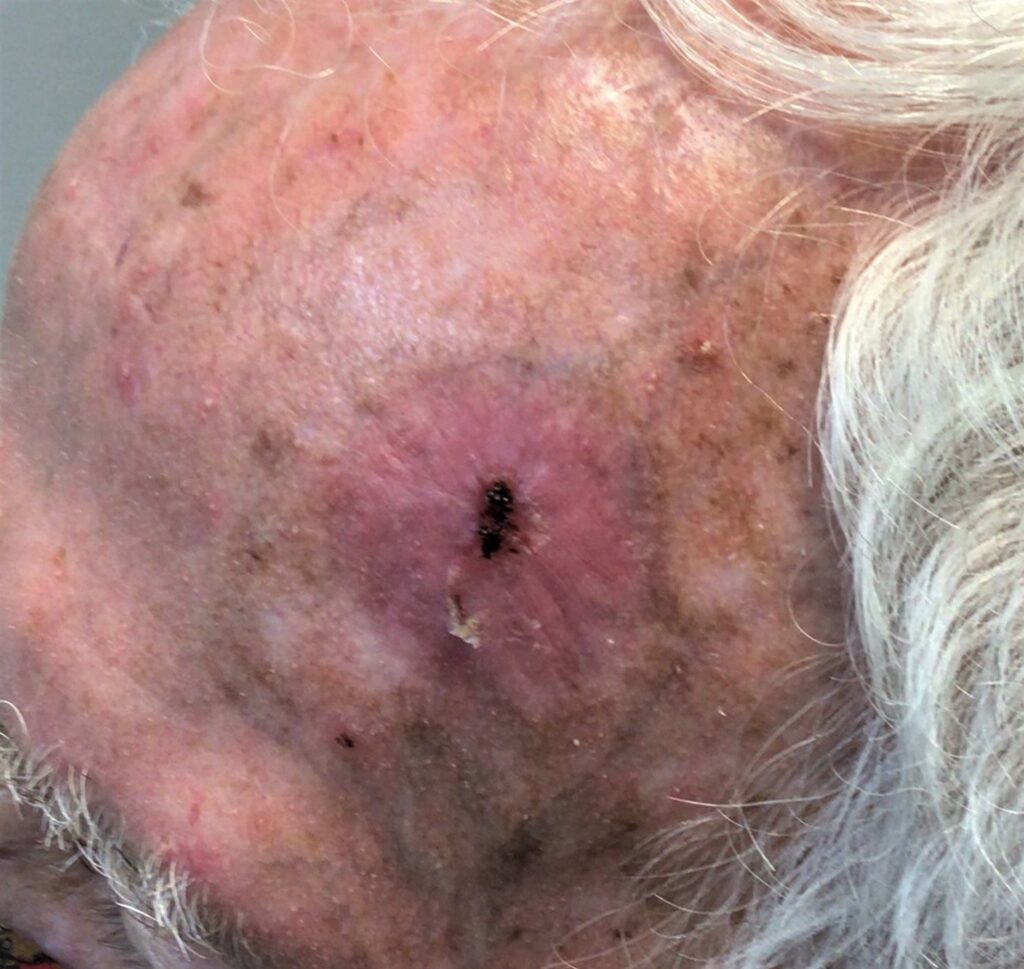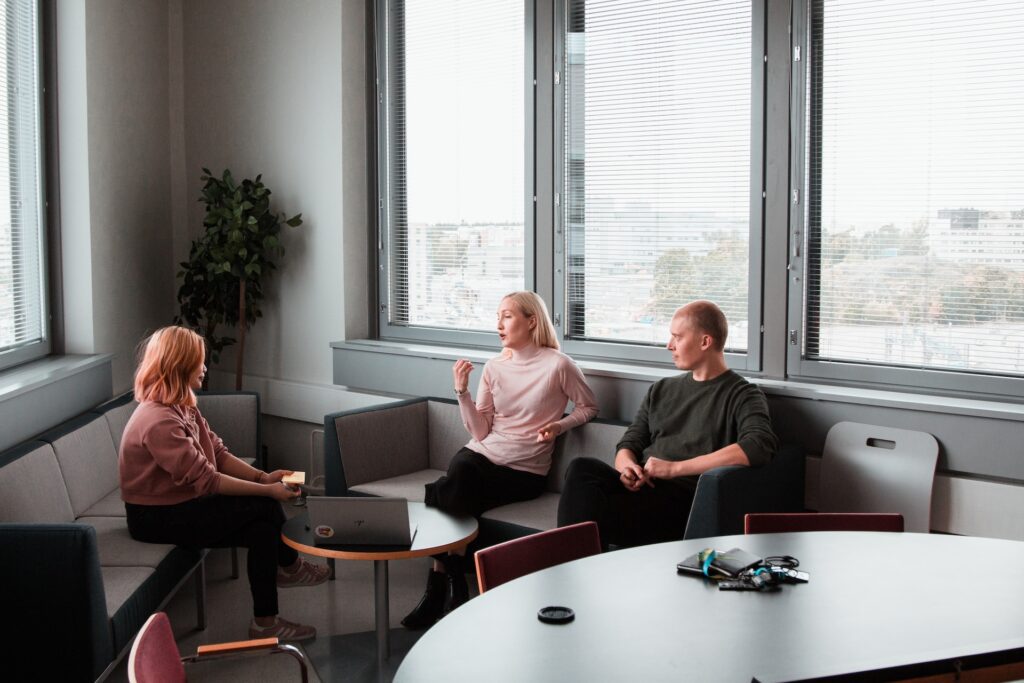
Polypoid basal cell skin cancer is a unique subtype of basal cell skin cancer, which is the most common form of skin cancer. The polypoid type, however, is very rare; it is distinguished from other basal cell skin cancers through its predominant location, size, and average patient characteristics. In this overview, we’ll explore more about polypoid basal cell skin cancer, including identifying factors and treatments.
Polypoid Basal Cell Skin Cancer Overview
Basal cell skin cancer accounts for nearly 70% of all skin cancer cases, and can appear anywhere on the body. While the physical characteristics of common skin cancers can vary from patient to patient, basal cell skin cancer areas are often red, pink, white, or translucent. They may also puss, bleed, or repeatedly scab without ever fully healing. Basal cell skin cancer affects both men and women, particularly those with fair skin tones, and often appears on areas of the body that see a lot of sun exposure, such as the head, neck, face, and hands. Skin cancer tends to appear later in life since it develops at a very slow rate.
Although it is a type of basal cell skin cancer, polypoid basal cell skin cancer is very rare. It also tends to present itself in the following unique ways:
- Mostly in females
- On body parts that don’t necessarily see that much sunlight
- More frequently on those with darker skin tones
- With a larger initial size
Despite these differences, polypoid basal cell skin cancer is still highly treatable, especially when caught early. Anytime you detect major changes to your skin, it’s important to take note and see how things progress. Scheduling an annual skin cancer screening is the best way to take control of your skin’s health and ward off issues before they become too serious.
Polypoid Basal Cell Skin Cancer Treatment
There are multiple polypoid basal cell skin cancer treatment options available depending on the location and severity of your diagnosis. Common treatment plans include:
- Mohs surgery: This approach uses a scalpel to cut out diseased cells from the skin. Patients see a high success rate, though occasionally are left with scars after surgery.
- Chemotherapy: This method uses strong drugs to infiltrate the body and destroy cancer cells. Chemotherapy is very powerful and can leave patients weakened or sick during treatment.
- Radiotherapy: This surgery-free treatment points radiation energy directly at the cancerous lesion to break up and obliterate the cells. Image-Guided Superficial Radiotherapy (Image-Guided SRT) is just as effective as surgery, but will not involve cosmetic touch-ups or interruptions to your lifestyle.
Fight Common Skin Cancers with GentleCure | Image-Guided SRT
If you’re exploring surgery-free treatment options for basal cell or squamous cell skin cancer, it’s time to learn more about GentleCure™ | Image-Guided SRT.
Connect with our skin cancer information specialists at 855-936-4411 to learn more, and have a conversation with your healthcare provider to decide if Image-Guided SRT is right for you.

